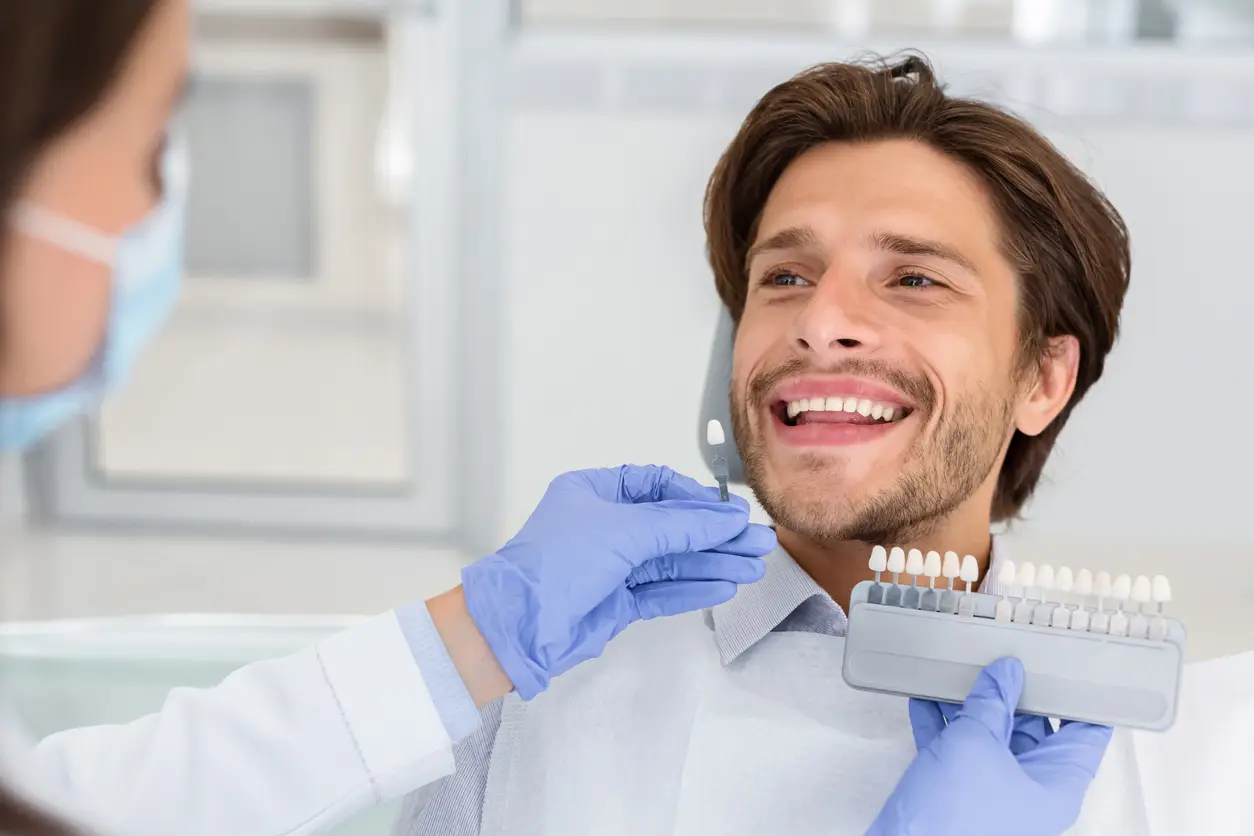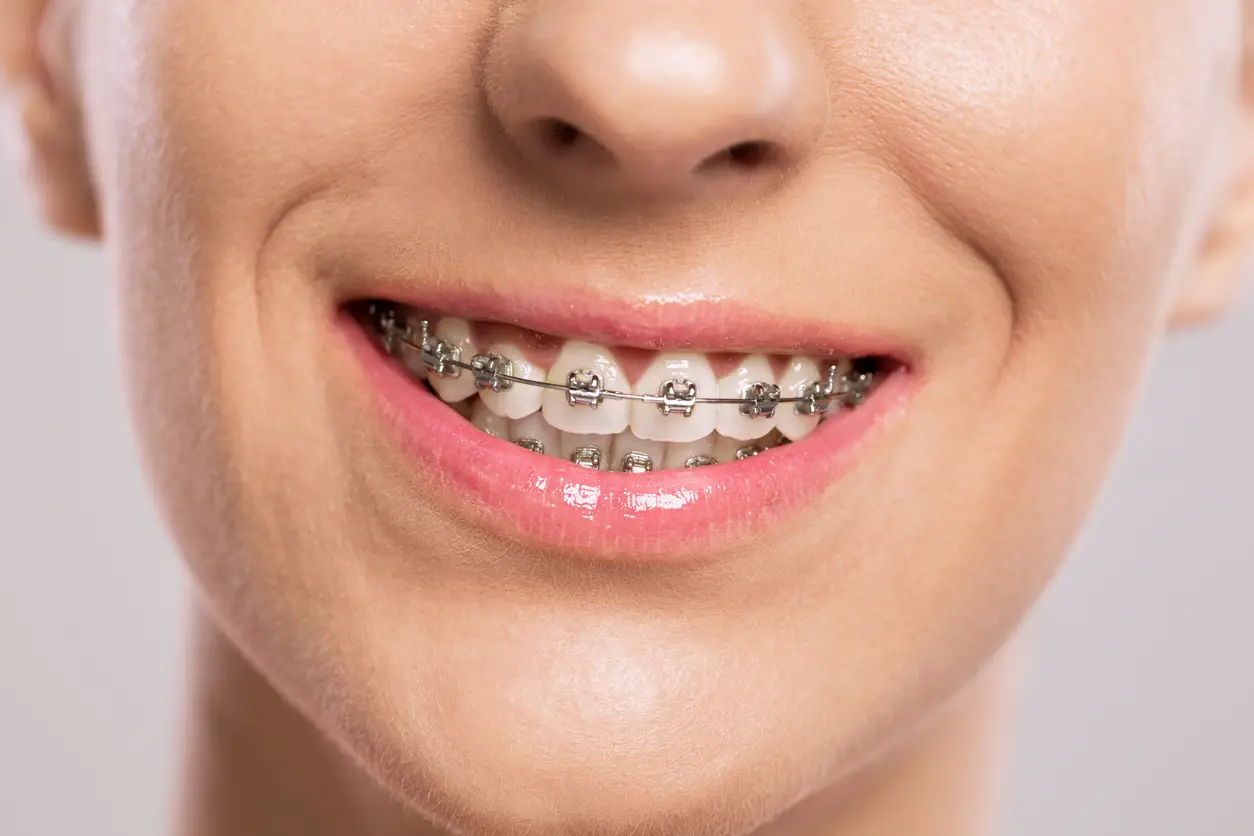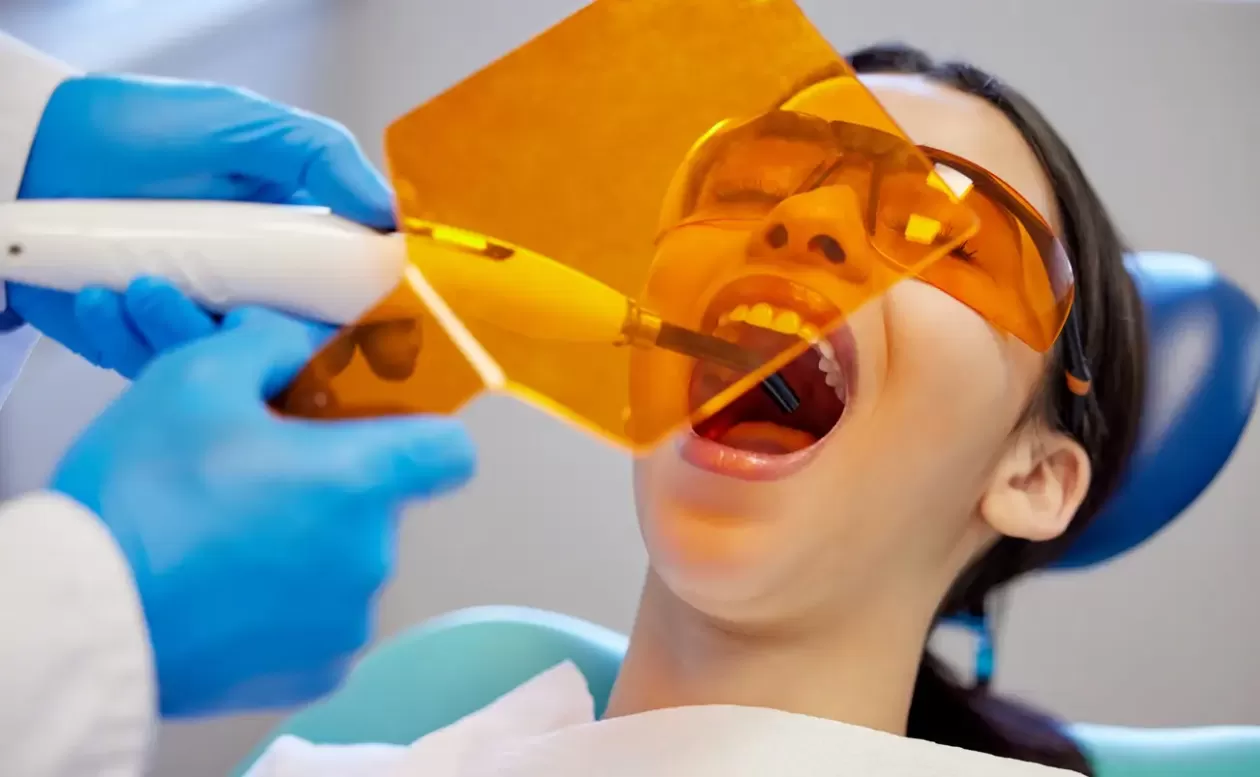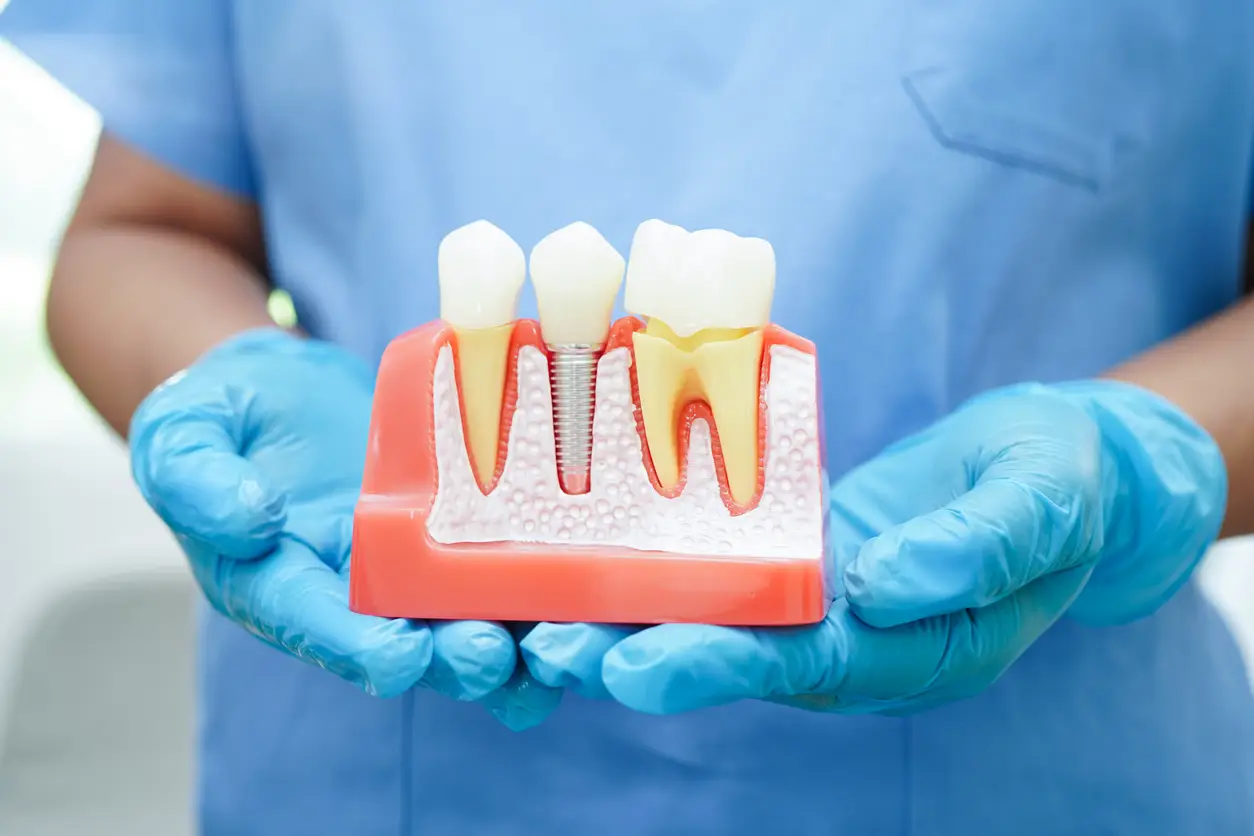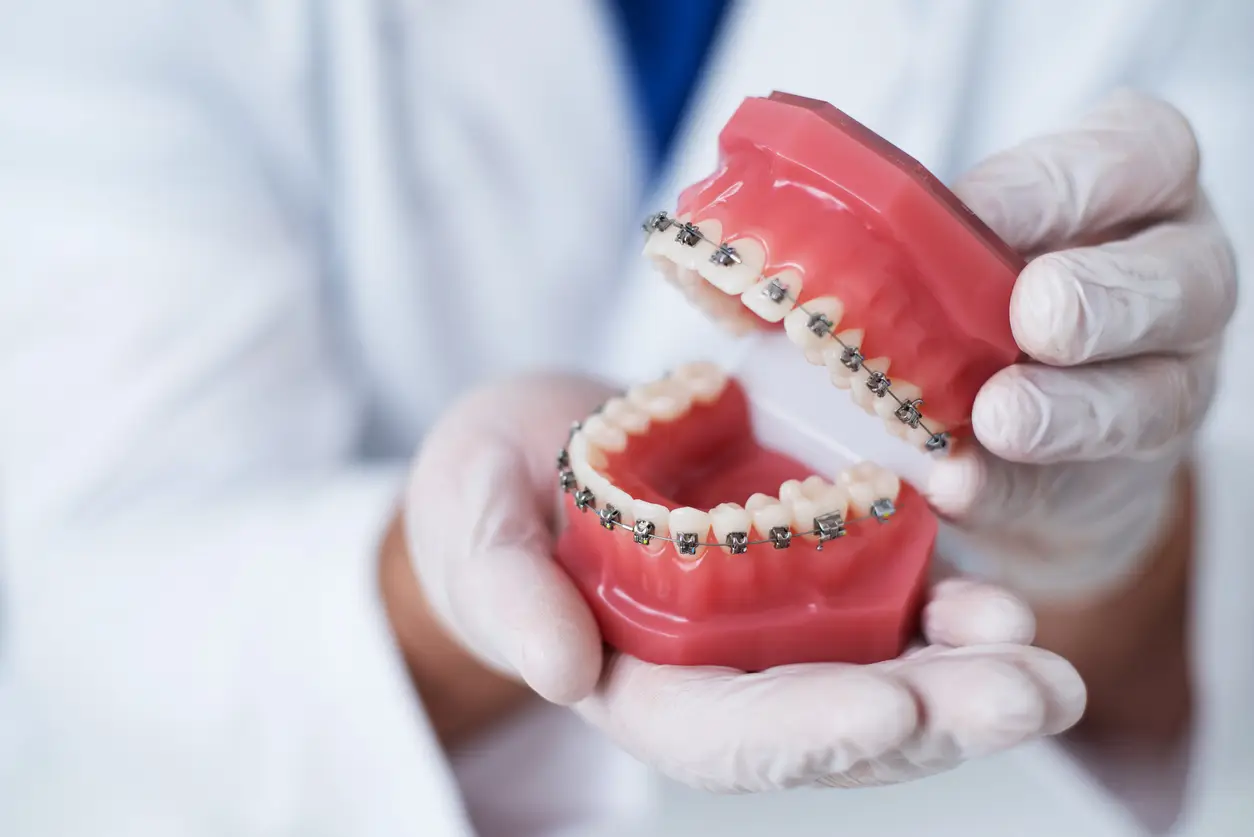West Hollywood Orthodontics stands as a specialized field within dentistry that focuses on correcting misalignments and irregularities in teeth and jaws. A child’s dental health is a crucial aspect of their overall well-being, and early intervention can often prevent future dental problems. But when exactly should a child make their inaugural trip to an orthodontist’s office?
The Right Timing: When to Visit an Orthodontist
By the time a child turns seven, the American Association of Orthodontists (AAO) advises that they have had their first orthodontic evaluation. Despite the fact that this child may seem young, an evaluation to identify any potential problems early on is more important at this age rather than orthodontic treatment.
Most children have a mixture of baby and permanent teeth by the time they are 7 years old, which gives orthodontists a good opportunity to evaluate how the jaws and teeth are developing. Even when many orthodontic disorders might not need to be treated right away at this age, an early evaluation enables the orthodontist to predict potential future problems and create a proactive plan for intervention in case it becomes required.
Why Is Orthodontic Treatment Necessary for Children?
Preventive Measures for Future Problems
For youngsters, orthodontic therapy doesn’t always require quick fixes; instead, it focuses on early problem detection to stop conditions from getting worse. Early consultations with an orthodontist help identify issues like:
Malocclusions:
These refer to misalignments in the teeth or jaws, such as overbites, underbites, crossbites, or overcrowding.
Growth Irregularities:
Preparing for prospective future treatments, such as fixing bite issues or directing jaw growth, can be made easier by recognizing the early indicators of jaw irregularities.
Space Issues:
Ensuring that there is adequate room for the emergence of permanent teeth will help to avoid future issues with dental alignment.
Oral Habits:
Thumb sucking, tongue thrusting, or other oral habits can potentially impact dental development. Early detection enables advice on quitting these behaviors to avoid tooth problems.
Facial Symmetry:
Assessing facial symmetry helps in understanding potential issues that could affect appearance and function.
Benefits of Early Intervention
Treatment is not always initiated right away after an early orthodontic evaluation. However, there are a number of benefits to early intervention if a problem is found:
Preventive Measures:
By taking care of problems at an early stage, they can be avoided from getting worse and necessitating more invasive procedures down the road.
Guided Growth:
As a kid gets older, the severity of orthodontic issues can be lessened by using certain orthodontic tools to guide the development of their jaws and teeth.
Reduced Treatment Time:
Since some problems can be treated before they get worse, early interventions may cut down on the amount of time needed for later orthodontic treatment.
What are the Best Options for Orthodontic Treatment?
With so many methods available to address dental misalignments and provide a beautifully aligned smile, orthodontic treatment has advanced dramatically. With a range of benefits to suit varying needs, tastes, and lifestyles, each treatment option is unique.
1. Traditional Braces
Conventional metal braces are still a very popular and successful orthodontic therapy. They are made up of wire-connected metal brackets that are cemented to the teeth. Thanks to modern developments, these braces are now less noticeable and more comfortable than they were. They can effectively rectify severe misalignments and are particularly useful in difficult circumstances.
2. Ceramic Braces
Ceramic braces use wires and brackets that are either tooth-colored or transparent, just like regular braces. Because of this, they are less obvious than metal braces, providing a more visually pleasant alternative that nonetheless corrects alignment. Although they are a little more likely to discolor, they make a great substitute for people who are worried about metal braces being visible.
3. Clear Aligners (e.g., Invisalign)
Clear aligners, like Invisalign, are quite popular since they are comfortable and discrete. Without the use of wires or brackets, teeth are progressively moved into place with the help of these custom-made, removable aligners. They are practically undetectable and are simple to take off for eating, brushing, and special events. They might not be appropriate for complicated orthodontic patients, though.
4. Lingual Braces
Lingual braces resemble standard braces but are almost undetectable since they are affixed to the back of the teeth. They effectively cure misalignments and have an attractive side effect. Because they are positioned against the tongue, they might be first uncomfortable and more difficult to clean.
5. Self-Ligating Braces
Because of the unique bracket design used in these braces, elastic bands are not required to hold the wires in place. Compared to traditional braces, they may require fewer modifications, shorter treatment sessions, and less friction. They require less upkeep and are rather low-profile.
6. Orthodontic Surgery
In severe circumstances, orthodontic surgery may be required in addition to braces or other treatments for misalignments or discrepancies in the jaw. When regular orthodontic procedures are insufficient to address a serious condition, surgical intervention can help.
Choosing the Right Option
The best orthodontic treatment depends on a number of factors, including financial constraints, lifestyle choices, case complexity, and individual demands. To evaluate the unique needs and choose the best course of action, speaking with a skilled orthodontist is essential.
Can Orthodontic Treatments Help Adults?
Orthodontic procedures are not limited to children and teenagers, despite what the public believes. In reality, people looking to treat tooth misalignments, maintain better oral health, and improve their general well-being may find that orthodontic care offers a number of advantages.
Addressing Long-Standing Issues
Many individuals have had misaligned teeth since they were young children. These problems frequently last into adulthood, whether because of lack of access to orthodontic care, budgetary limitations, or a failure to prioritize treatment at an early age. Finally, orthodontic procedures provide an opportunity to address these long-standing issues.
Aesthetic and Psychological Benefits
A straighter smile can greatly increase self-confidence and self-esteem in addition to making one look better. After receiving orthodontic treatment, adults frequently experience an increase in confidence and comfort in social and professional contexts, which has a favorable effect on mental health.
Health and Functional Improvements
In addition to looking better, teeth that are in alignment are also easier to clean, which lowers the risk of gum disease, tooth decay, and other oral health problems. Correcting misalignments can also improve general oral function and comfort by resolving issues like jaw pain, chewing difficulty, and speech obstructions.
Diverse Treatment Options for Adults
Thanks to improvements in Los Angeles orthodontics, a variety of adult-appropriate treatment alternatives have been developed, taking into account their individual demands and lifestyle:
Clear Aligners:
Removable and nearly invisible, clear aligners like Invisalign offer a discreet option for adults seeking orthodontic correction without the visibility of traditional braces.
Ceramic Braces:
While still successfully straightening teeth, tooth-colored or clear brackets and wires offer a less noticeable option to metal braces.
Lingual Braces:
Located behind the teeth, lingual braces provide efficient alignment correction while being almost invisible from the front.
Considering Treatment Challenges
Even though adult orthodontic treatments are often successful, there are several differences between treating adults and younger patients that should be noted:
Treatment Duration:
Adult treatments might take slightly longer due to the density of mature bones, which can slow the teeth-moving process.
Gum and Bone Health:
In order to achieve the best results from orthodontic treatment, adults who have problems with gum disease or bone loss should first get therapy.
Consulting an Orthodontist
For people thinking about orthodontic treatment, a visit with an orthodontist is essential. They can evaluate the patient’s oral health, go over possible courses of therapy, and take care of any issues or particular needs that are particular to adult patients.
Personal Dental Office – Your Premier West Hollywood Orthodontics Destination!
Are you seeking the perfect smile that radiates confidence and charm? Look no further than Personal Dental Office, your trusted destination for top-notch West Hollywood orthodontics!
Book your consultation today at Personal Dental Office and embark on a journey towards a confident, radiant smile that reflects the best version of you.
Share This Article.
Related Posts
Recent Posts
Our Hours
| Monday | 8:30 – 5:30 |
| Tuesday | 8:30 – 5:30 |
| Wednesday | 7:30 – 5:30 |
| Thursday | 8:30 – 5:30 |
| Friday | 8:30 – 5:30 |
| Saturday | Closed |
| Sunday | Closed |
Serving the Communities of Beverly Hills, West Hollywood, & LA and the Neighborhoods of Mid-Wilshire & the Miracle Mile

